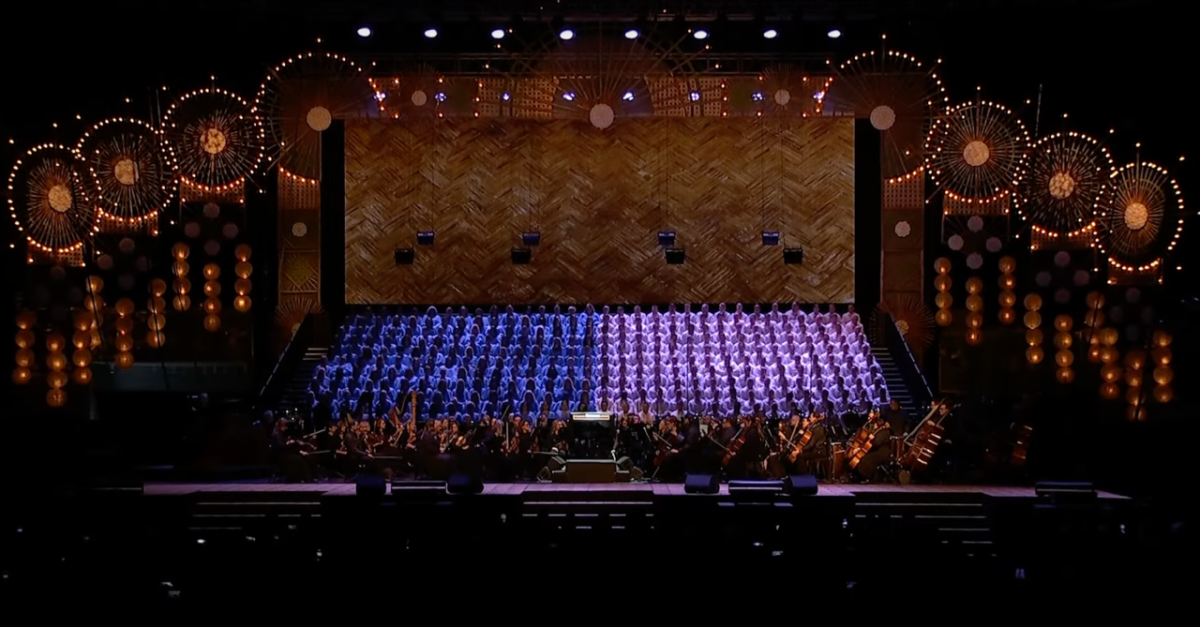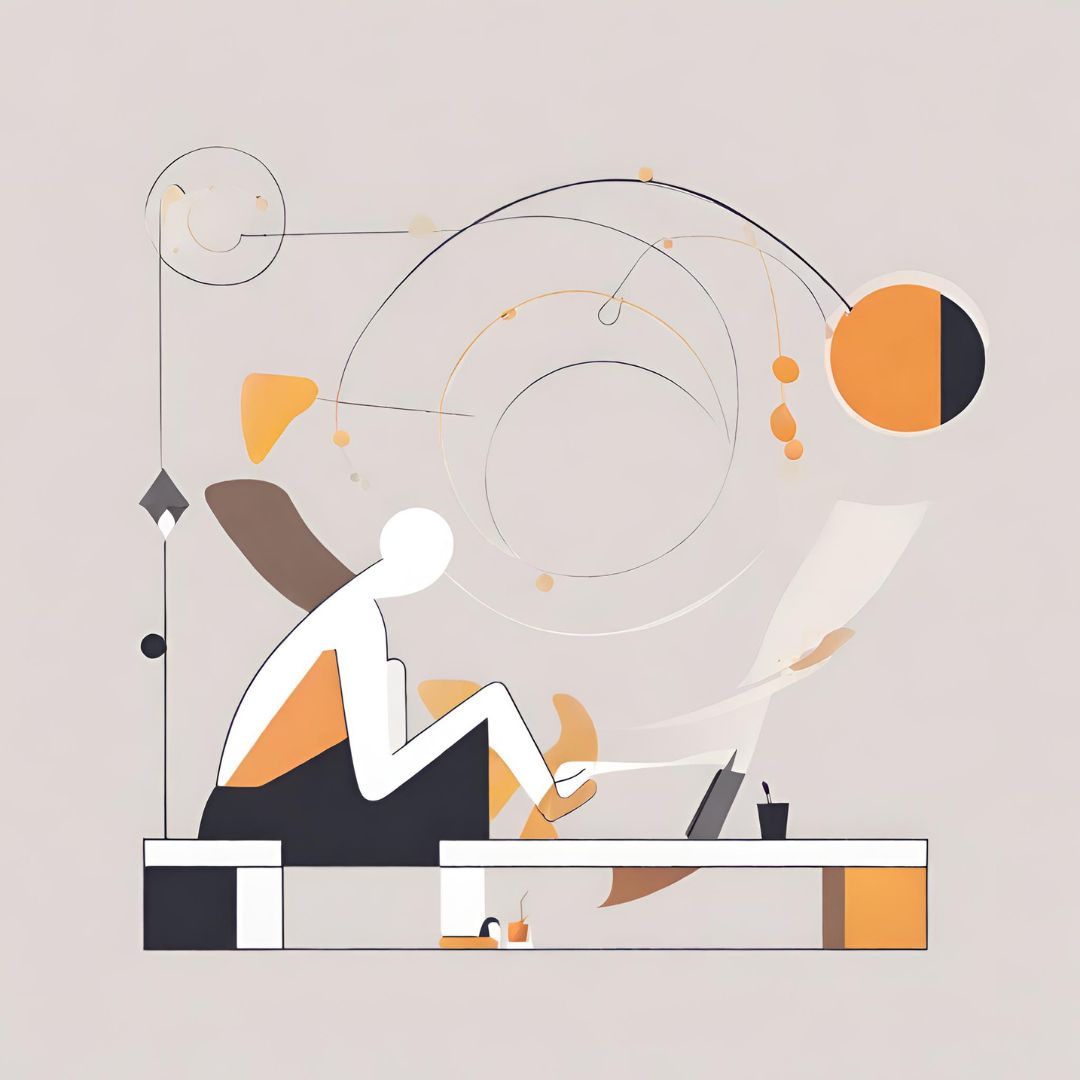
Can a journalist really create a false sense of balance in one’s work?
This was one of the points of discussion during a journalism training I attended in Cambodia this month.
UNESCO sponsored the workshop and selected fourteen journalists from the ASEAN region. The issue is interesting, relevant and somewhat controversial, as balance is a key principle in professional practice.
The trainer, Renee Karunungan, a climate change journalist, pointed out that there is such thing as improper use of “balance” in reporting that is a disservice to the purpose of pursuing the truth.
I am convinced that this is a topic worth discussing among journalism students and practitioners, so I briefly interviewed the trainer after the lecture. Here is a condensed version of our exchange:

Question: What is this concept of false balance in journalism?
Renee: False balance is when a journalist tries to “balance” a story by using, or giving space for two sides of a story to be presented but the issue is actually imbalanced or already impartial to facts.
For example, in reporting climate change, which is a fact that has already been proven, and there’s 97% consensus (among scientists), some journalists still try to get the side of climate deniers or climate skeptics. That’s false balance because the facts are already there. It’s science. And why would you need to present the side of the story that’s not true? So that’s false balance.
Question: As a journalist yourself, did you have any hard time adhering to this rule of not falling prey to false balance reporting?
Renee: I think the problem was when I started writing about [climate change]. I wouldn’t get the side of climate deniers because that didn’t make sense for me. So they start to attack you through the comments or through tweeting you saying, “That’s not true. Why don’t you hear us out?”
Question: But if they’re out there, the deniers, skeptics, and they claim to have basis for their claims, why shouldn’t we get them? Are we not in danger of being accused of bias? Shouldn’t we give them an opportunity to air their side?
Renee: I think we need to analyze because they present a lot of data. For example, the Heartland Institute—they are known climate deniers. They are scientists, and they hold conferences, and they will present you with data why human-made climate change isn’t real, or that climate change is actually good.
Where did they get their data? Bakit iba ang sinasabi nila? Totoo ba ang sinasabi nila? Kahit mag-present sila diyan ng maraming journals, you have to be critical about it. (Why are they telling another story? Is it the truth? Even if they present numerous journals, you have to be critical about it.)
Question: For the sake of argument, isn’t that for the audience or readers to decide?
Renee: No. I like the example of [American astrophysicist] Neil deGrasse Tyson when he said “do we need to have a survey on which number is bigger: 5 or 15?” Do we open that up for debate or discussion where I’ll let you decide if the number 5 or 15 is bigger?
No we don’t because it’s a fact that 15 is bigger than 5. So it’s the same with climate change. Why would I let you decide if it’s real or not? It is real. So you don’t need to decide on it because it has already been decided by science.
Question: It has been a tradition in journalism to get all sides of a story and I realized just now that this practice could have pitfalls. What are the implications of this? And is this only applicable in climate change journalism?
Renee: I think more relevant, I think for the Philippines, is looking at history. People think history is what an individual experiences. For example, Marcos loyalists would say, “E ang lola ko naman okay naman sila noong Marcos era, tahimik naman ang buhay nila. ‘Yun lang namang mga aktibista ang namamatay or tino-torture, kasalanan naman nila ‘yun.” (For example, Marcos loyalists would say, “My grandparents were okay during the Marcos regime. Those tortured or killed were those actively against the Marcoses.”) But that’s not history. Because history is not just based on experiences, it is based on facts.
Tapos kung magiging “balanced” ka and you give a lot of space for the Marcoses, for example, to defend themselves and they actually deny history. (If you were to be “balanced” and you allocate space for the Marcoses, for example, to defend themselves, they actually deny history.)
Pero ang totoo, meron tayong data niyan. Meron tayong statistics niyan. Bakit hindi natin ‘yun tinitindigan? Bakit natin hinahayaan ang audience mag-decide for themselves, e totoo naman siya, di ba? Nangyari naman talaga siya. May records tayo. (And for people to doubt: “what really happened?” But the truth is, we have data and statistics. Why don’t we rely on that? Why do we let the audience decide for themselves when truth is out there already? It happened. We have records.)
Question: But it would look like we are denying the audience the benefit to decide for themselves, and it is a cause of concern nowadays, because we could get bashed on social media.
Renee: Ako babalik ako sa why would you let them decide on a fact when it is a fact.
I think we also give our audience more respect when we give them the truth. Kesehodang sabihin nilang biased ka, bakit ako biased e ito ang totoo? Nagsasabi lang naman ako ng ano’ng nangyari. (You must not care whether they accuse you of bias. Why am I biased when I am just telling the truth and what really happened?) We stick to the facts.
Parang ‘yung sa drug war, 7,000 people died. Mabubura mo ba ‘yung number ng 7,000 people? Hindi. ‘yun na yung fact e. (Just like in the drug war where 7,000 people died. Can that number, 7,000 people, just disappear?)
That’s our job: to tell the truth. I mean if people think we’re biased, so be it. But we will tell the truth, the facts. And we are gatekeepers of the truth.
Question: Do you think the education system has something to do with this?
Renee: Maybe. It’s an old tradition, kailangan all sides of a story. Kailangan he said, she said. Pero eto nga recently ang daming nangyayari sa mundo, ang daming nangyayari sa bansa natin where truth is distorted by anyone. (It is an old tradition that we should get all sides of a story. It has to be “he said/she said.” But there are a lot of things happening in the world and in our country right now where truth is distorted by anyone.)
Even the pedagogy of how we teach journalism, it should change. Why would we be stuck in something that is being taught for the last hundred years or so if the times call for something new?
Question: Do you have any advice for young and veteran journalists alike?
Renee: It’s important to get different points of view. But it’s also important to know how to stand for the truth, kahit sinasabi ng mga tao na bakit hindi mo kinuha ang side nila? Or bakit hindi mo masyado sila binibigyan ng pansin? (But it’s also important to know how to stand for the truth even if people question your decision on not getting their side of the story. Or why you don’t pay attention to them?) We stand up for the right things and for the truth always.
[Entry 211, The SubSelfie Blog]
About the Author:
Tricia Zafra is a correspondent and anchor working for GMA News. She graduated from UP Diliman with a degree in Bachelor of Arts in Broadcast Communication, cum laude, and is currently taking up graduate studies in the Department of Psychology in the same university. She is a vegetarian, painter, and a certified open water scuba diver. Read more of her articles here.








For me,when you said news it should be in two things : factual & neutral.
LikeLike
I strongly agree to this article. Back when I was in high school, tinuruan kami na every time na magsusulat kami it should have balance. Pero, now na nabasa ko ‘tong article about balance journalism and how it does not apply to some issues, we really need to stand for what is supported by facts and statistics. It is our job to present the truth to the people and sabi nga ng journ adviser ko, “Truth shall prevail.”
LikeLiked by 1 person
We can’t afford to have facts and then alternative facts. There is only one truth all the time.
LikeLiked by 2 people